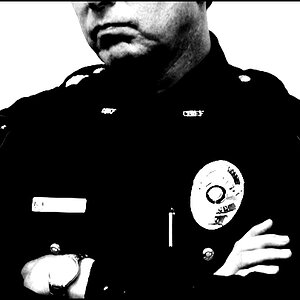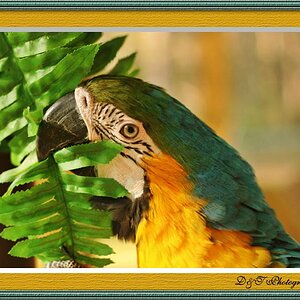ceejtank
No longer a newbie, moving up!
- Joined
- Sep 28, 2011
- Messages
- 764
- Reaction score
- 118
- Location
- Weymouth, MA
- Can others edit my Photos
- Photos NOT OK to edit
First off, I did use the search button to look for this, after scanning the first 4 pages for the search ISO, and ISO explaination, I realized it was frivelous, because many people with list what ISO they shot the image with when looking for critiques.
Anyways. I've done some research and determined that I need a little bit more explanation than what I found on here/ in some other places. (What Is... ISO - Digital Photography Tutorial - Photoxels) and some similar sites. Pretty much what I've determined from research is use as low a ISO as possible to get the least grainy, properly exposed picture.
Now my question is this, for night shots, or star trails, should I set the ISO low? In the manual I have for my camera (Canon EOS rebel, which is the EOS 1000D) it says use 1600 for night settings. But I am also assuming they are talking about if you are taking "normal" (i.e. no star trails) shot. Just a snapshot in a manner of speaking.
I am interested in taking a star trail shot, however I am not sure how long I can keep the lens open without everything becoming a "white out". If it is a dark night, I don't think it would be an issue. But are most star trail shots (especially ones that make more of a "full revolution" - note, this is not my picture, but was from google image search) composites of bursts of 10 minutes or so merged onto one picture to obtain that result?
Any advice on settings from people who have taken star trail shots?
Thanks!
Anyways. I've done some research and determined that I need a little bit more explanation than what I found on here/ in some other places. (What Is... ISO - Digital Photography Tutorial - Photoxels) and some similar sites. Pretty much what I've determined from research is use as low a ISO as possible to get the least grainy, properly exposed picture.
Now my question is this, for night shots, or star trails, should I set the ISO low? In the manual I have for my camera (Canon EOS rebel, which is the EOS 1000D) it says use 1600 for night settings. But I am also assuming they are talking about if you are taking "normal" (i.e. no star trails) shot. Just a snapshot in a manner of speaking.
I am interested in taking a star trail shot, however I am not sure how long I can keep the lens open without everything becoming a "white out". If it is a dark night, I don't think it would be an issue. But are most star trail shots (especially ones that make more of a "full revolution" - note, this is not my picture, but was from google image search) composites of bursts of 10 minutes or so merged onto one picture to obtain that result?
Any advice on settings from people who have taken star trail shots?
Thanks!




![[No title]](/data/xfmg/thumbnail/37/37606-3c9ffb5906173fa2aa489341967e1468.jpg?1619738148)